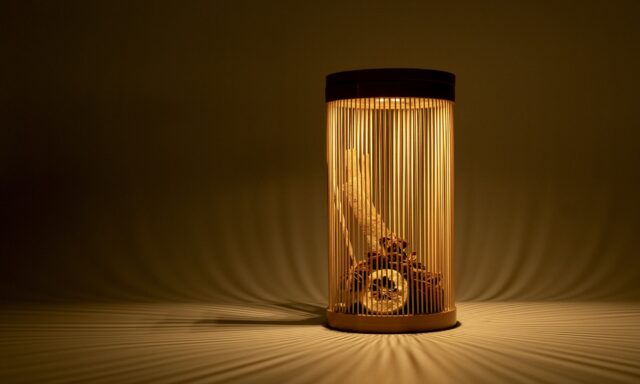Newly Launched “Yakiiro” Chopstick Rest by MIYAMA
New Products VOL.19
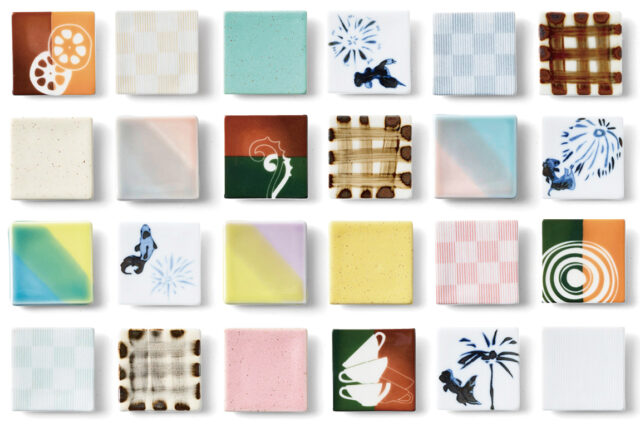

VOL.1-19
Update
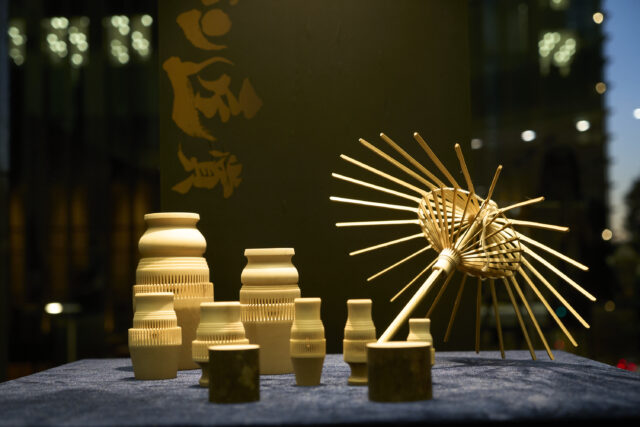
VOL.1-27
Update
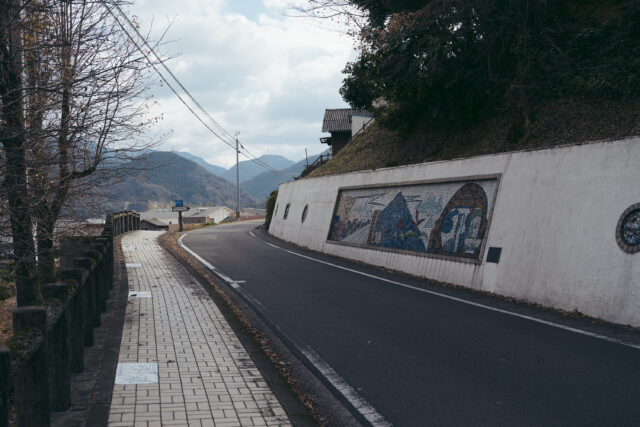
VOL.1-4
Update
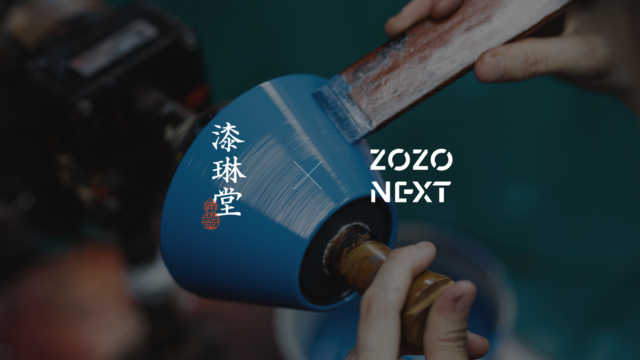
VOL.1-19
Update
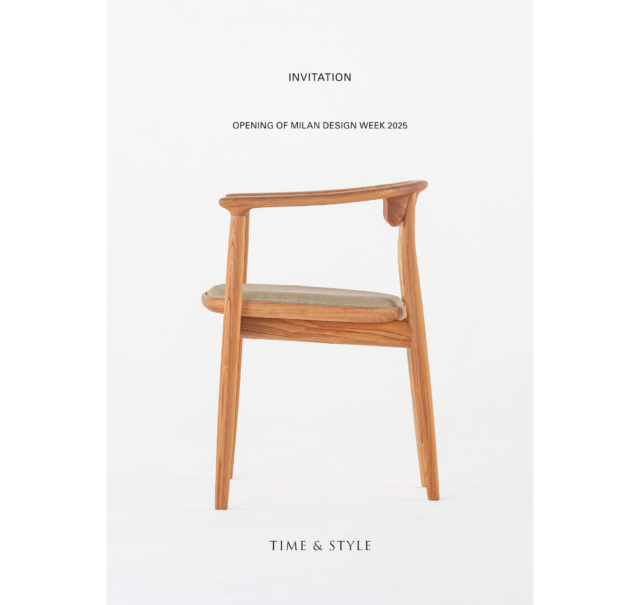
VOL.1-43
Update
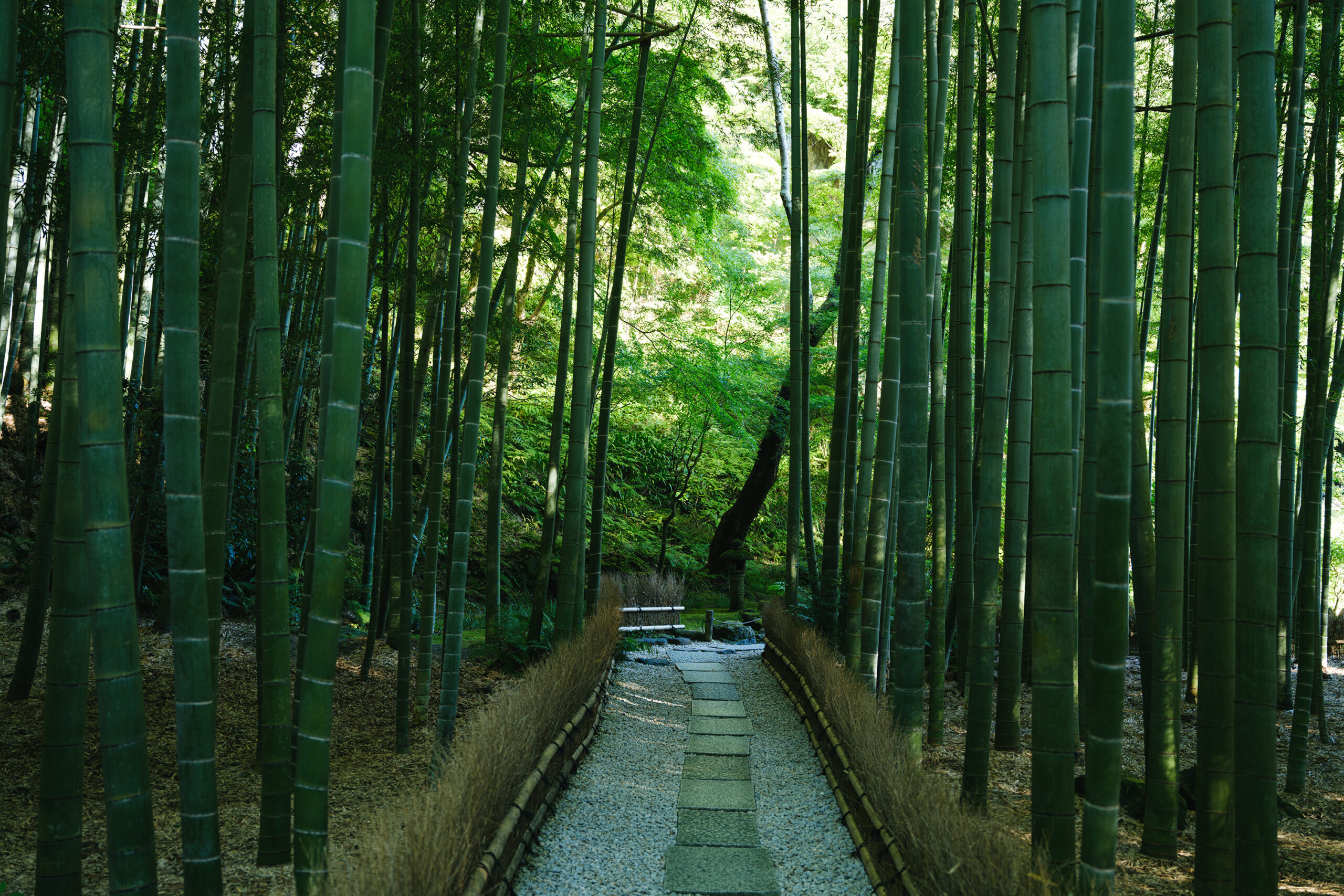
VOL.1-2
Update
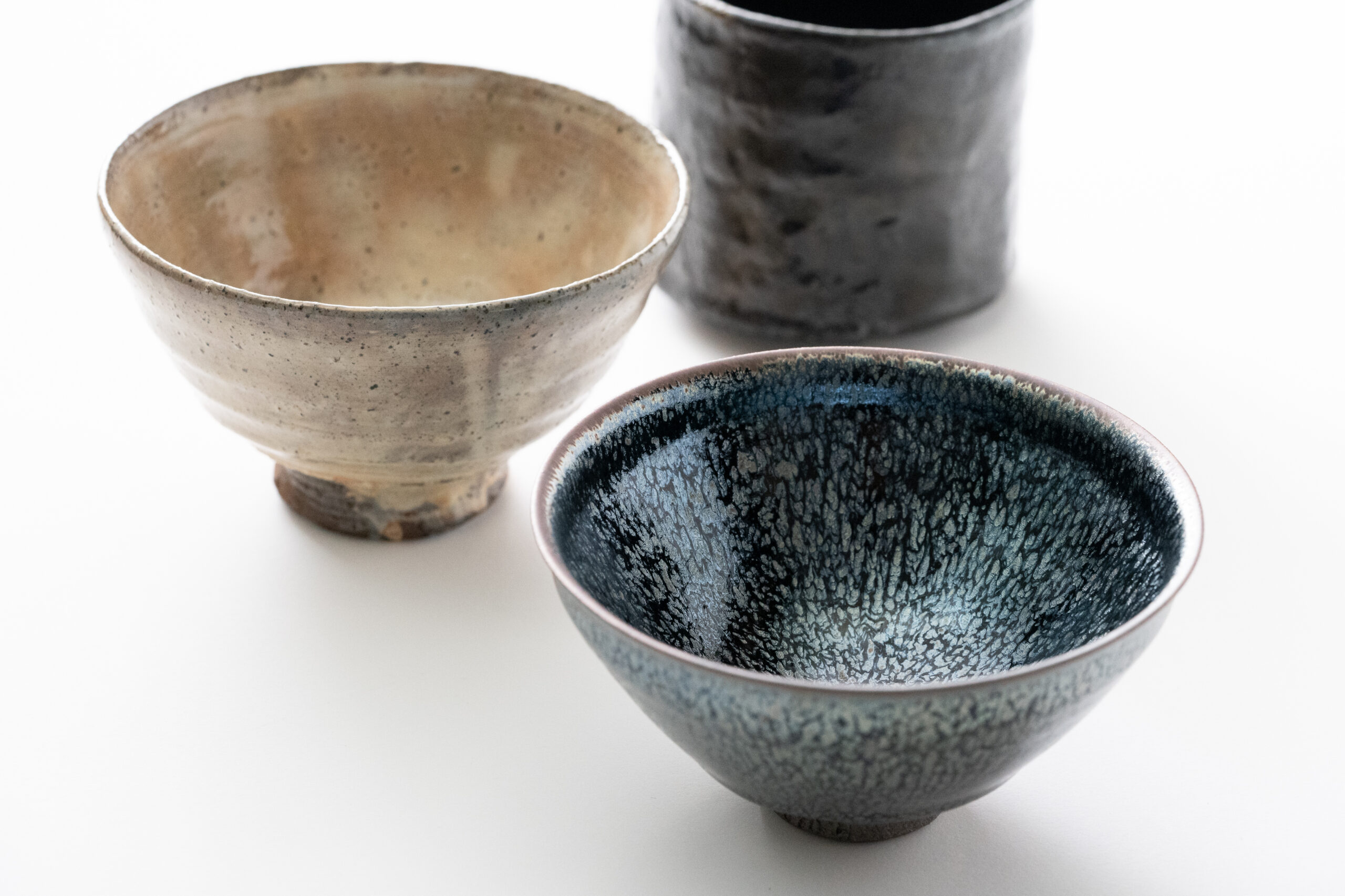
VOL.1-3
Update
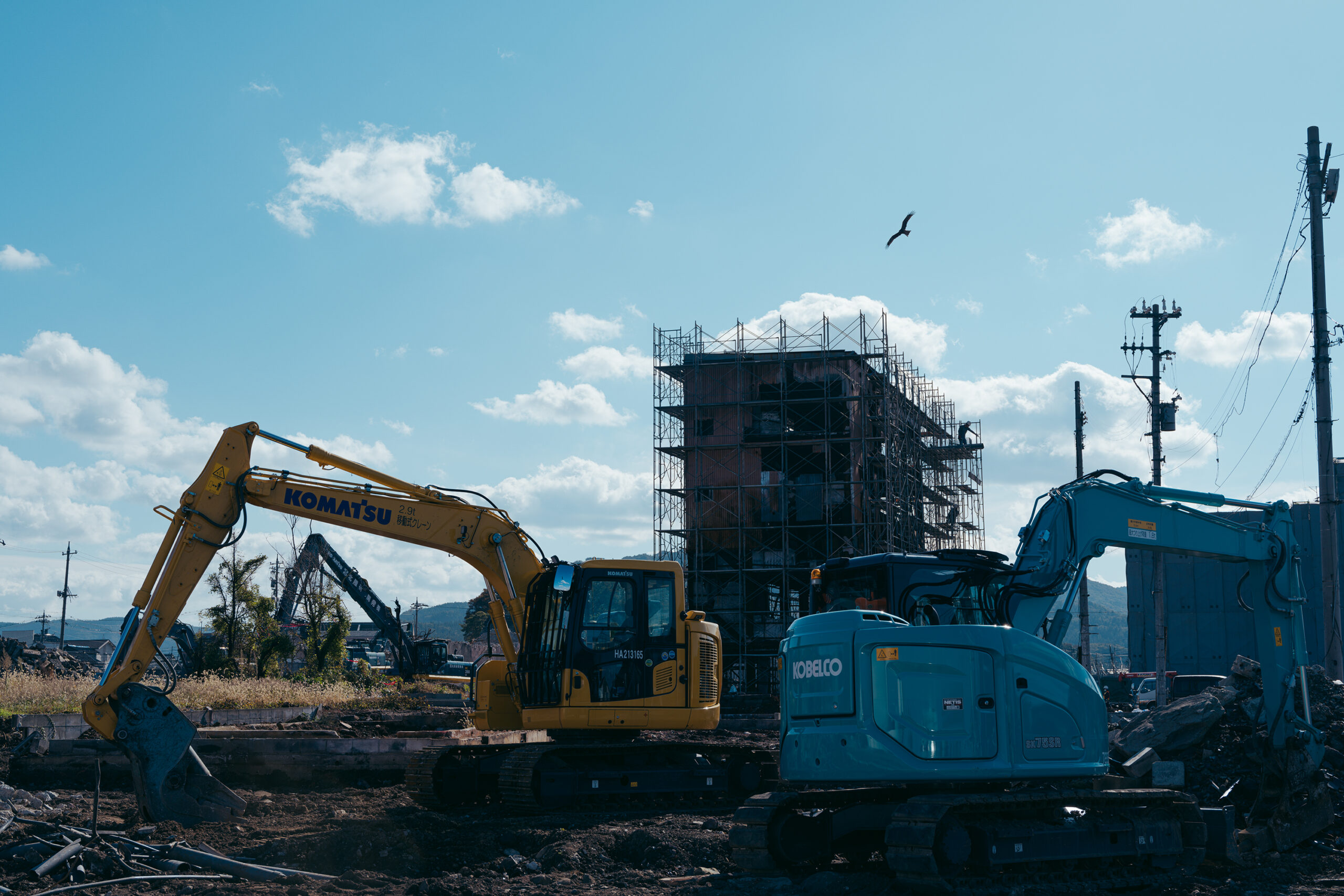
VOL.1
Update
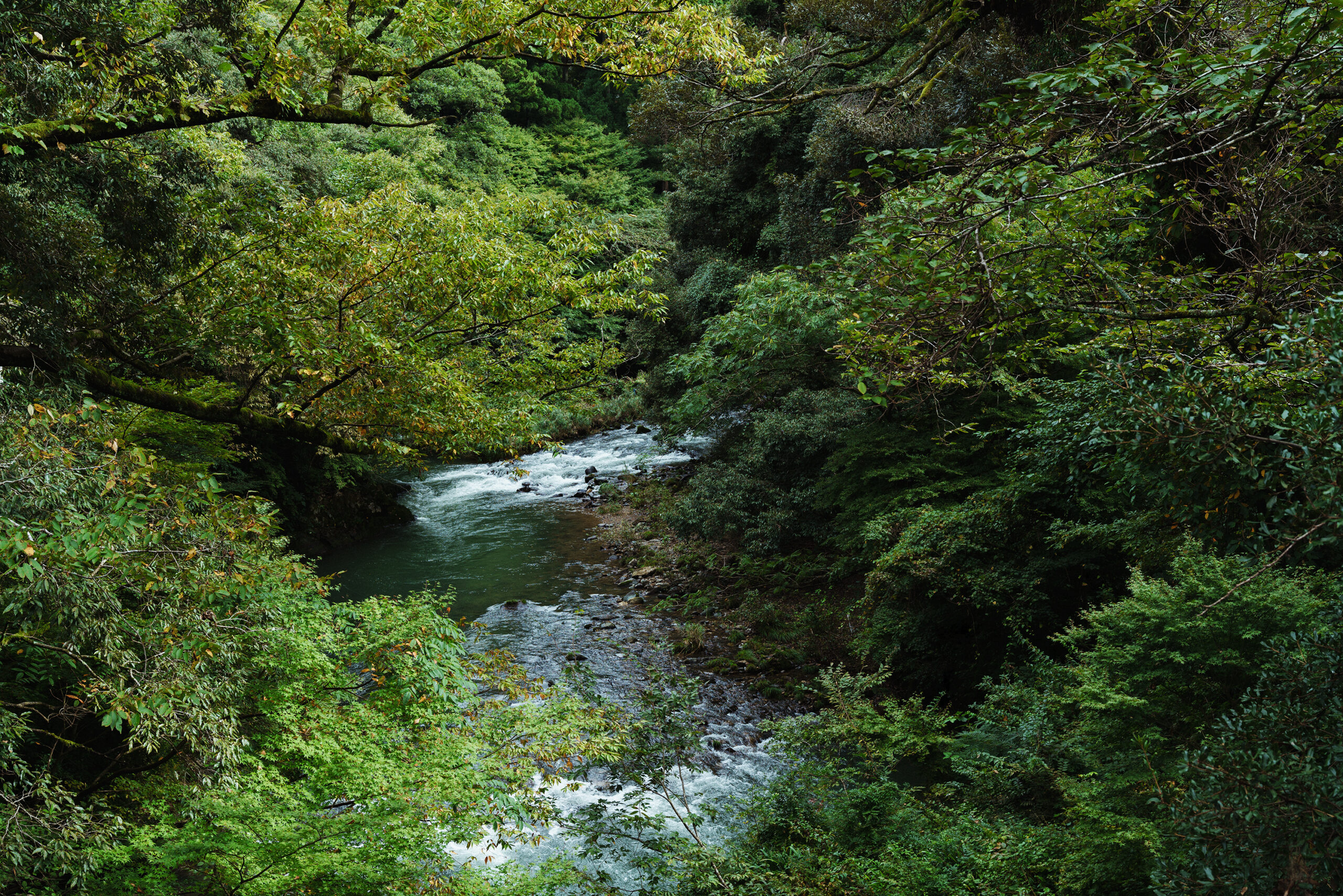
VOL.1-7
Update
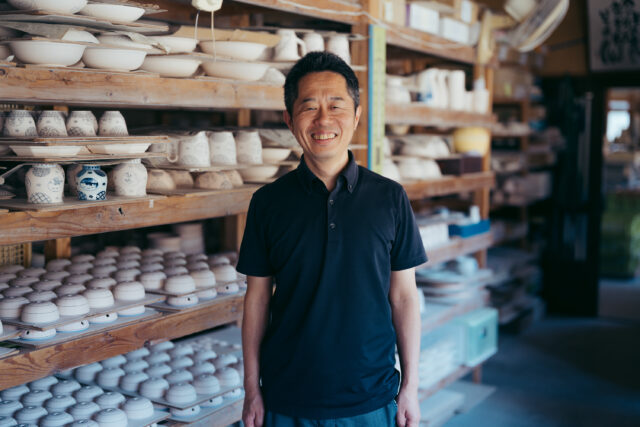
VOL.1-32
Update
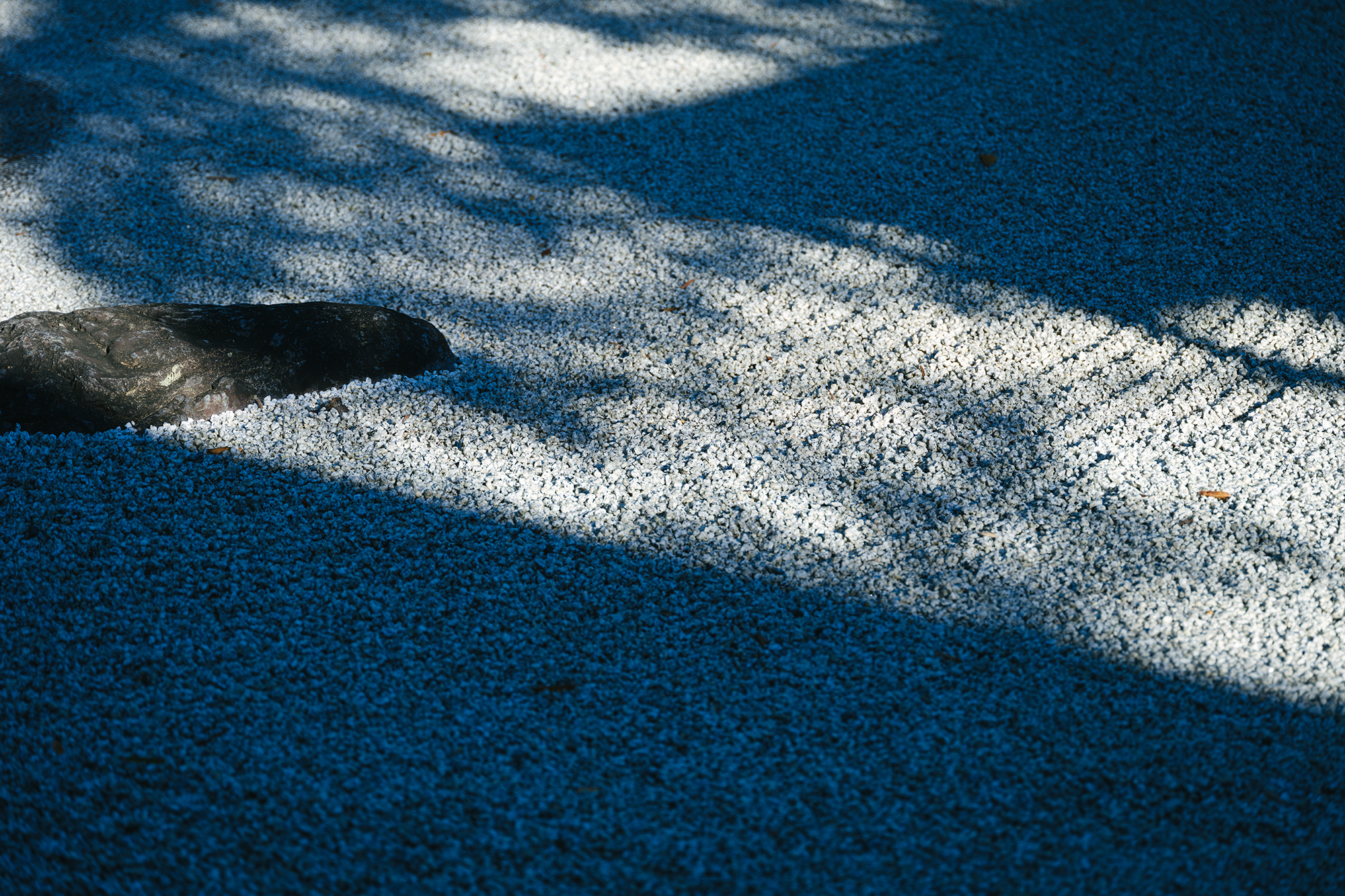
VOL.1-12
Update
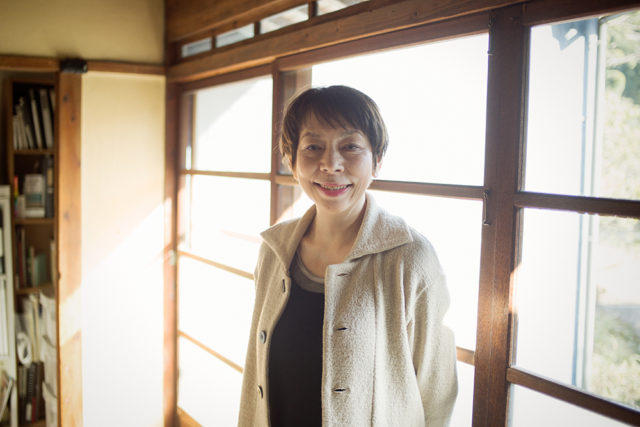
VOL.1
Update
We share a variety of information and perspectives on Japanese crafts, including exhibition information and interviews.
New Products VOL.19
Exhibition • Event Report VOL.27 AD
New Products VOL.18
Editor's Column "Craft Production Regions" VOL.4 AD
Jun 29 – Sep 7, 2025
Midorigaoka Art Museum Annex
Jul 1 – Jul 8, 2025
ART SPACE IGA
Jul 2 – Jul 8, 2025
Nihonbashi Mitsukoshi
Jul 4 – Jul 8, 2025
SHIBUYA KURODA TOEN

Bizen ware was first produced in what is now Bizen, Okayama Prefecture, at the end of the Heian Period (794-1185). One of the charms of this pottery, which still captures the hearts of many people, is how it expresses the distinctive natural beauty of the region.
The “Bizen Tokkuri” (sake flask) by Fujita is a richly sentimental piece of work that beautifully fuses the many views of Bizen. The craggy, wild-looking kodai or “foot” of the bottle is called “Abata kodai” (pockmarked foot), and is a representation of the old Bizen of about 400 years ago. On the himae side, the surface of the vessel facing the flame in the kiln, pine ash falling from the neck to the body forms a grain pattern called “Goma” (sesame), and when rotated to the hiura side, the surface that does not face the flame, an ash gray-black “Sangiri” effect appears. It is owing to the artist’s high level of skill that we can enjoy two signature views of Bizen ware within a single piece of work.
The texture, which is painstakingly fired over ten days unglazed at high temperatures, seems to become even more lustrous when sake is poured in. This captivating transformation is another highlight of this work.
